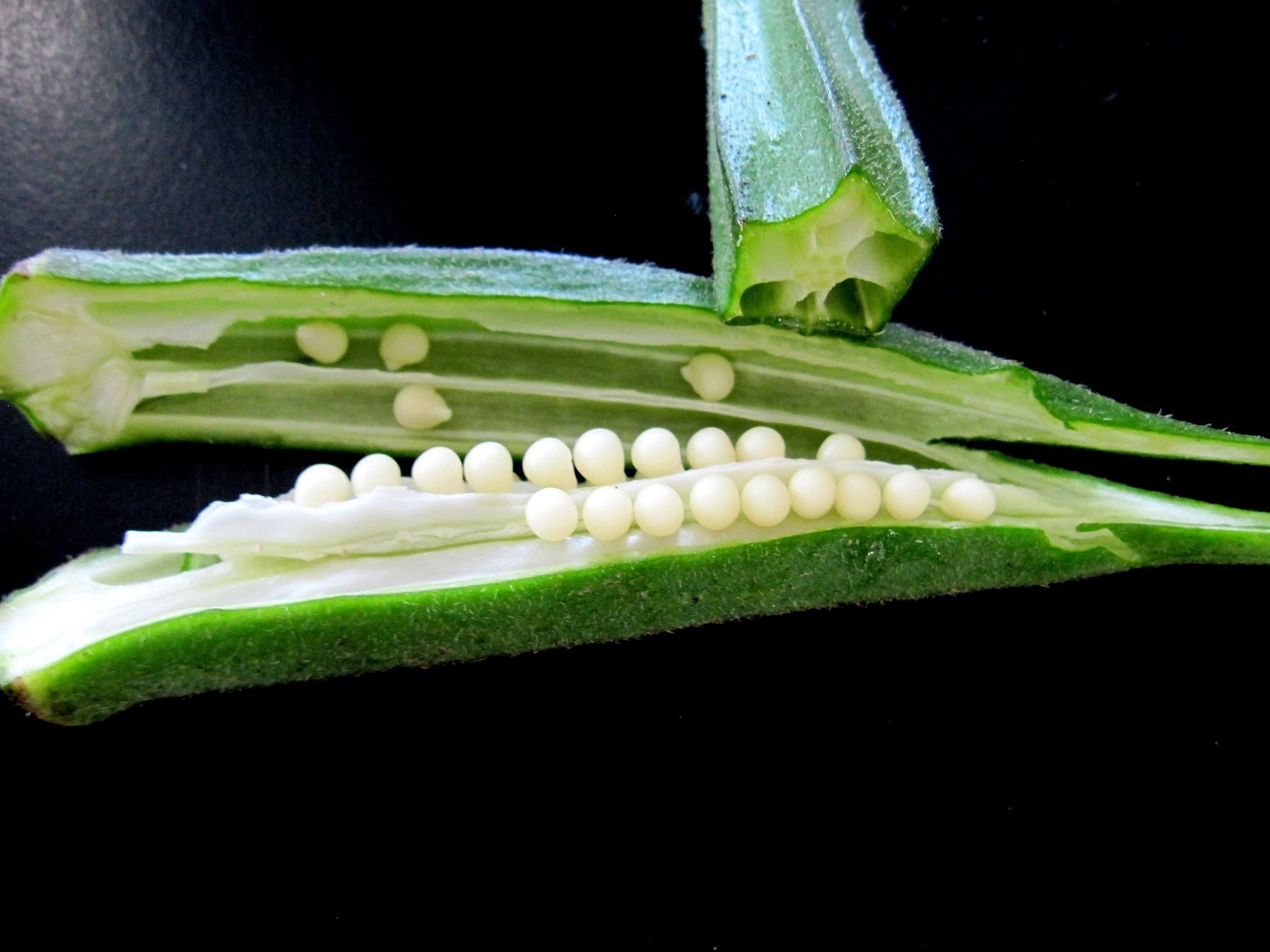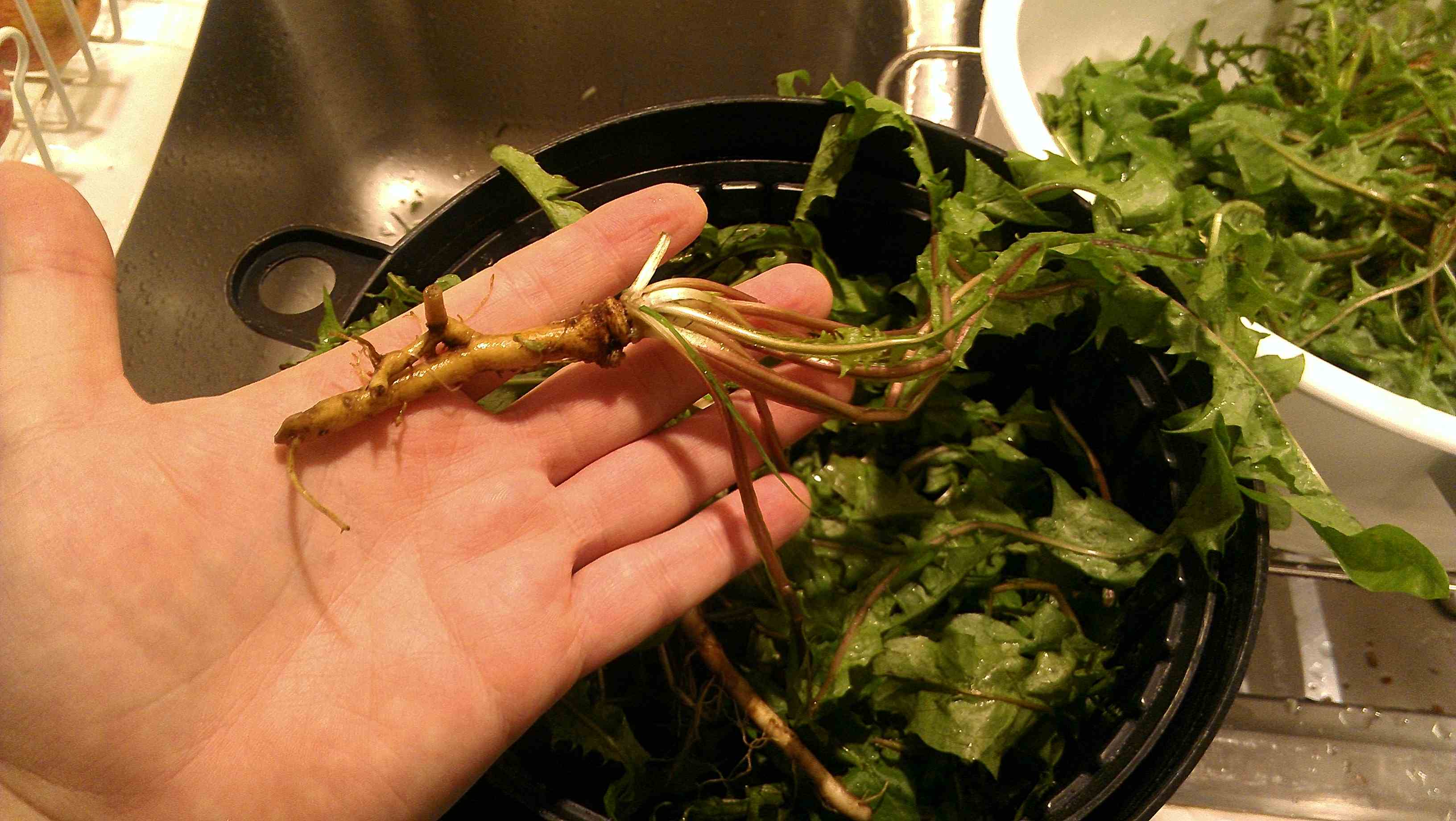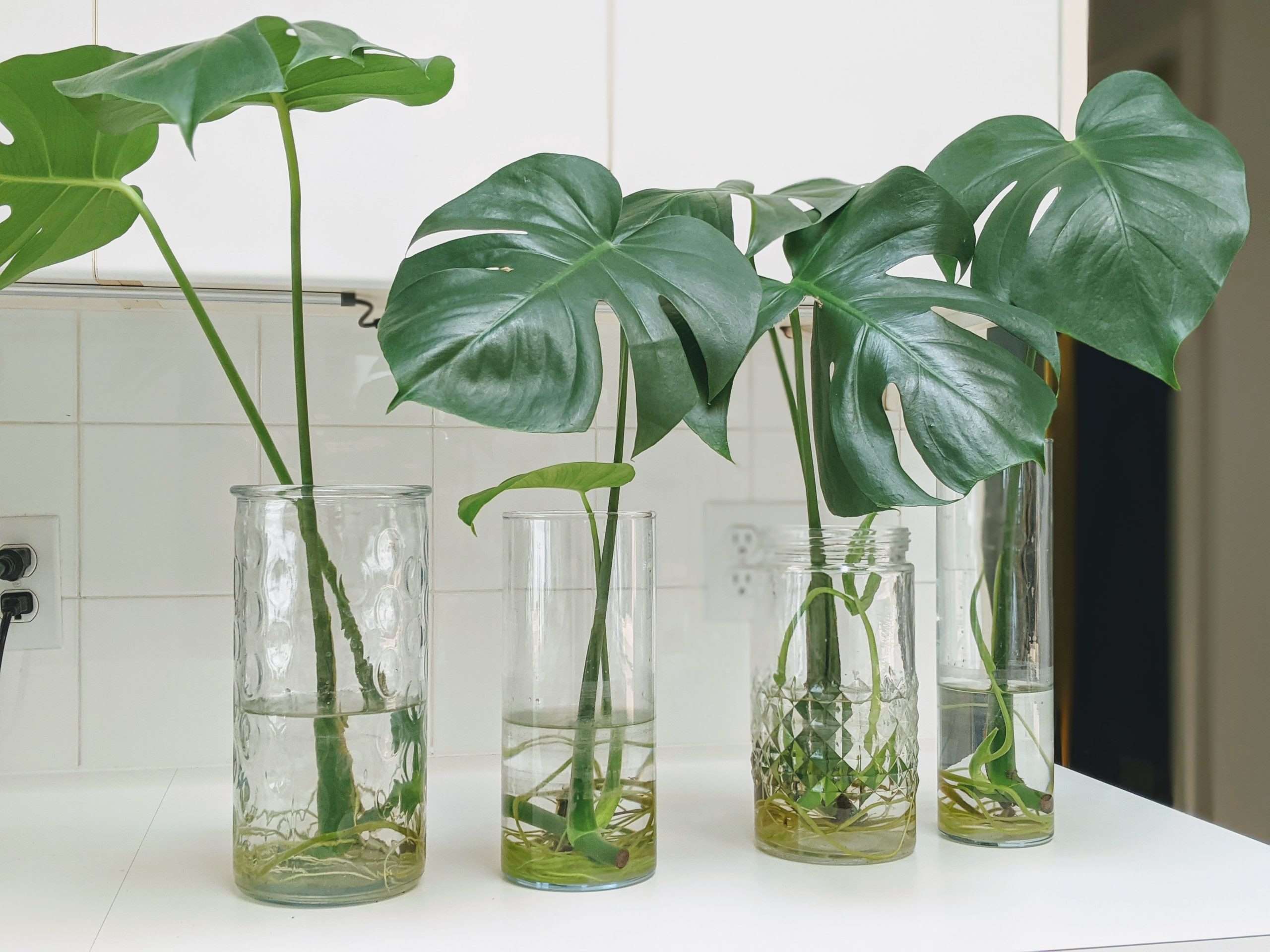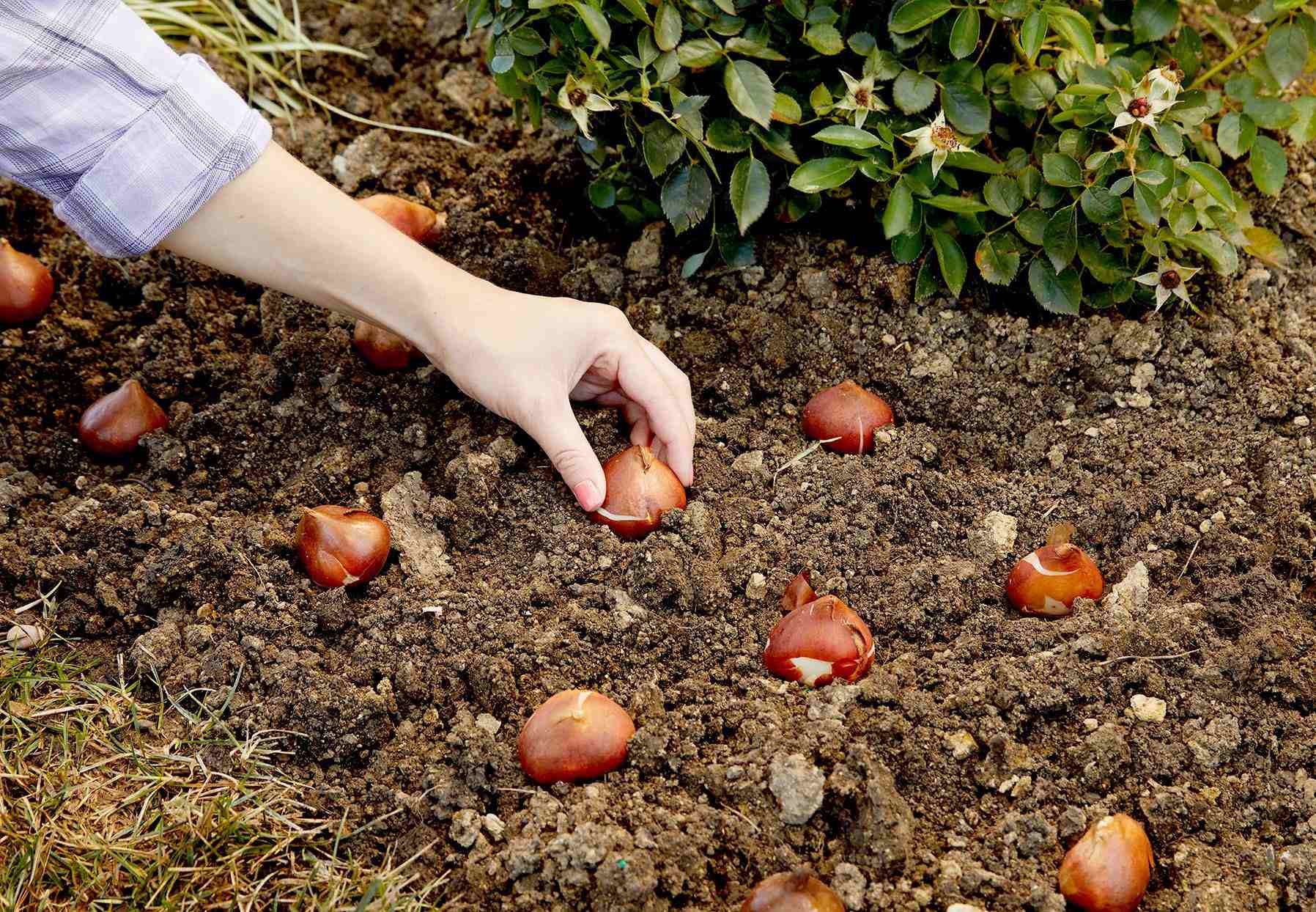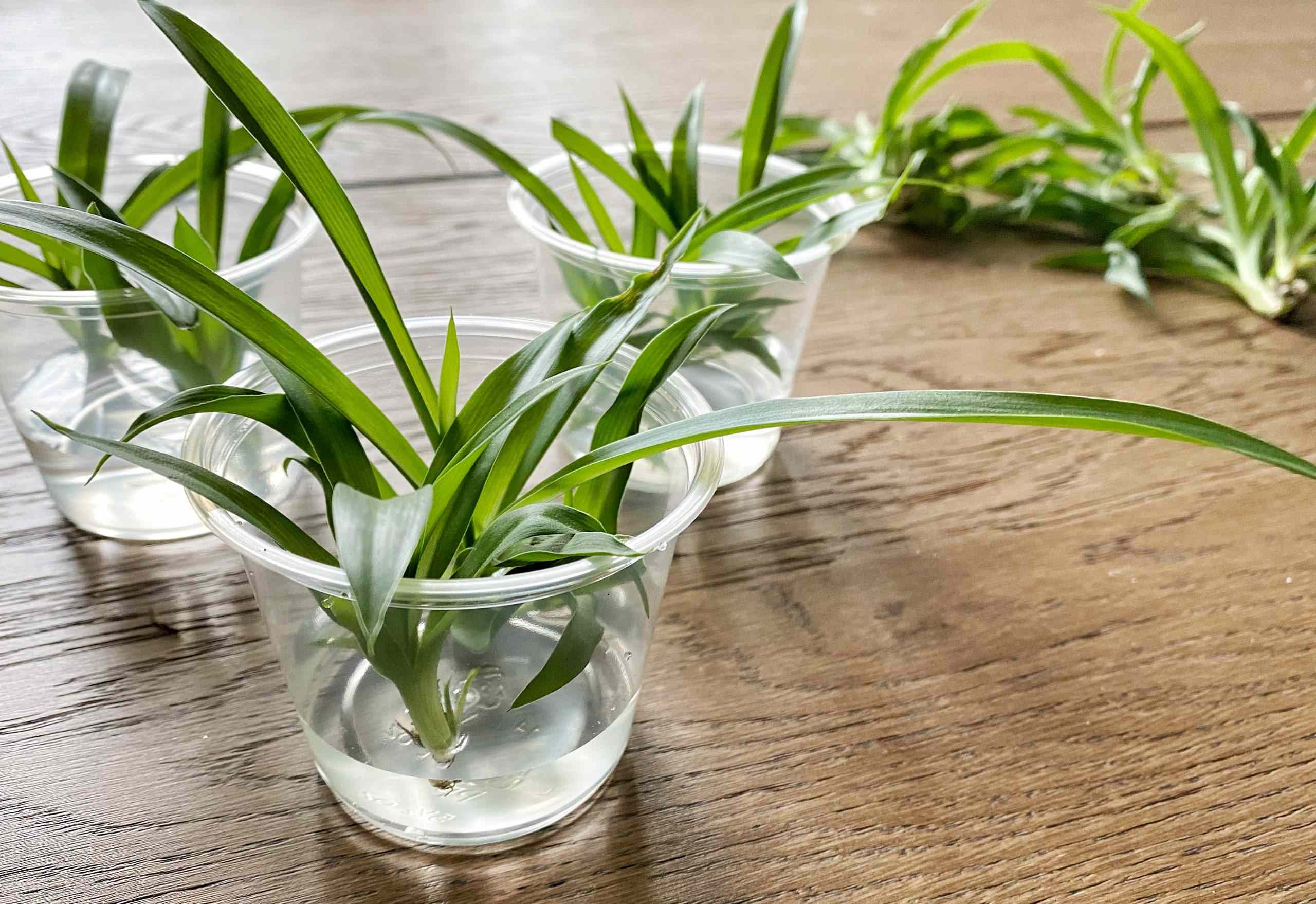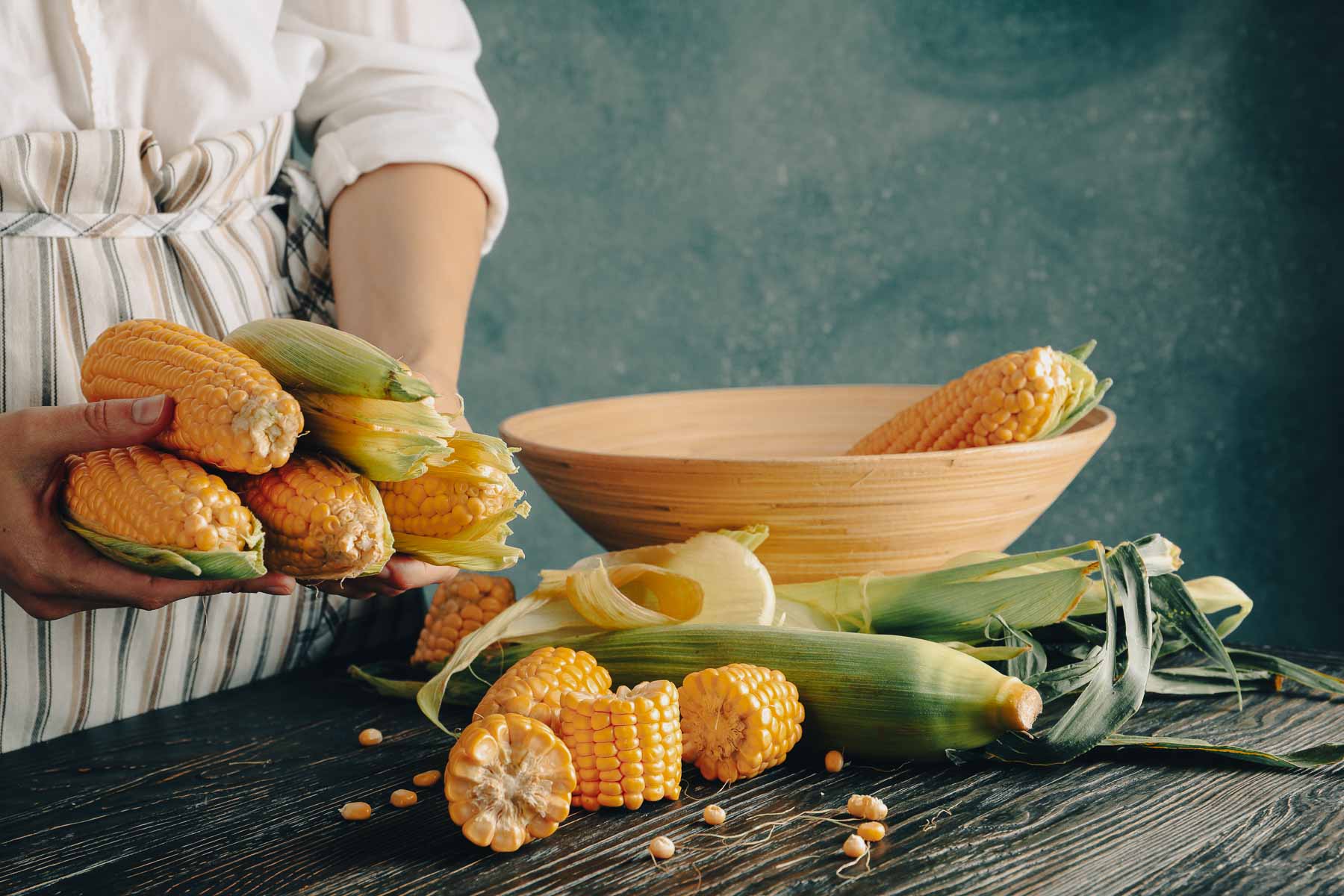Home>Types of Gardening>Edible Gardening>How Long To Dry Peach Pit Before Planting


Edible Gardening
How Long To Dry Peach Pit Before Planting
Modified: January 22, 2024
Learn about edible gardening with a guide on how long to dry peach pits before planting. Find out the optimal drying time for successful peach pit germination.
(Many of the links in this article redirect to a specific reviewed product. Your purchase of these products through affiliate links helps to generate commission for Chicagolandgardening.com, at no extra cost. Learn more)
Table of Contents
- Introduction
- Why is it important to dry peach pits before planting?
- How long should peach pits be dried before planting?
- Step-by-step guide to drying peach pits before planting
- Factors that may affect the drying time of peach pits
- Signs that peach pits are sufficiently dried and ready for planting
- Conclusion
Introduction
Welcome to the fascinating world of edible gardening! If you’re an avid gardener or someone interested in growing your own food, then you’ve come to the right place. Edible gardening is not only a rewarding hobby, but it also allows you to enjoy the freshest and most flavorful produce right from your backyard. One of the joys of edible gardening is the opportunity to grow a variety of fruits, including peaches.
Peaches are not only delicious, but they also provide numerous health benefits. They are rich in vitamins A and C, potassium, and fiber, making them a nutritious addition to any diet. While you can purchase peach trees from nurseries, another exciting and cost-effective option is growing them from seeds. However, before planting peach seeds, it’s essential to understand the importance of properly drying the peach pits.
Drying peach pits before planting them is crucial for several reasons. Firstly, it helps to prevent the growth of mold and fungal diseases that can harm the seeds. Secondly, drying the pits helps to remove any excess moisture, which can lead to rotting and decreased germination rates. Lastly, it increases the chances of successful germination and the growth of healthy peach trees.
In this article, we will explore how long peach pits should be dried before planting, as well as provide a step-by-step guide to properly dry peach pits. Additionally, we will discuss the factors that may affect the drying time of peach pits and how to determine when they are sufficiently dry and ready for planting.
So, if you’re ready to embark on the journey of growing your own peach trees, let’s dive into the process of drying peach pits before planting!
Why is it important to dry peach pits before planting?
Drying peach pits before planting is a critical step in the process of growing healthy and productive peach trees. While it may seem like an extra hassle, there are several important reasons why this step should not be overlooked.
Firstly, drying peach pits helps to prevent the growth of mold and fungal diseases. Peach pits, also known as seeds, contain moisture that provides an ideal environment for mold and fungi to thrive. By drying the pits, you reduce the moisture content, making it less likely for these harmful microorganisms to grow and infect the seeds. This is especially important for ensuring the successful germination and growth of the peach trees.
Secondly, drying the peach pits helps to remove excess moisture. Excess moisture can lead to the rotting of the pits, which hinders their ability to germinate. If the pits are planted without being properly dried, the excess moisture can cause them to become mushy, moldy, or even decompose. By drying the pits, you eliminate this risk and increase the chances of successful germination.
Another reason for drying peach pits is to promote uniform germination. When the pits are fresh, they contain a range of moisture contents, with some being drier than others. By drying all the pits before planting, you create a more consistent environment for germination. This ensures that all the pits have equal opportunities to sprout and develop into healthy seedlings.
Furthermore, drying the peach pits allows you to store them for an extended period. If you have collected a large number of pits but are not ready to plant them immediately, drying them ensures their longevity. By removing moisture, you prevent the pits from deteriorating or sprouting prematurely, allowing you to save them for the next planting season.
In summary, drying peach pits before planting is crucial for preventing the growth of mold and fungal diseases, removing excess moisture, promoting uniform germination, and enabling the storage of pits for future use. By taking the time to properly dry the pits, you set the foundation for successful and healthy peach tree growth.
How long should peach pits be dried before planting?
The drying time for peach pits can vary depending on various factors, including the moisture content of the pits, the ambient humidity levels, and the drying method used. Generally, peach pits should be dried for a minimum of two to three weeks before planting.
One common method for drying peach pits is air drying. To air dry the pits, start by thoroughly cleaning them to remove any flesh or residue. Then, place the pits in a well-ventilated area, such as a mesh tray or a wire rack. Make sure to spread them out evenly and not stack them on top of each other, as this can impede airflow and prolong the drying process.
During the drying period, it’s important to regularly check the pits for any signs of mold or decay. If you notice any pits showing signs of spoilage, remove them immediately to prevent the spread of mold to the other pits.
While air drying can be effective, it may take several weeks for the peach pits to dry completely. If you’re looking for a quicker drying method, you can use an oven or a dehydrator. In this case, preheat your oven or dehydrator to a low temperature, around 100 to 120 degrees Fahrenheit (38 to 49 degrees Celsius). Place the cleaned peach pits on a parchment-lined baking sheet or in the dehydrator trays, making sure they are spread out evenly. Leave the pits in the oven or dehydrator for approximately 24 to 48 hours, or until they are completely dry and no longer feel moist to the touch.
Regardless of the drying method you choose, it’s important to ensure that the pits are thoroughly dry before planting. If the pits are still moist, they may not germinate successfully or could be prone to rotting once they are planted. To ensure their dryness, you can perform a simple check by cutting open a few pits and inspecting the inner seed. It should be dry, firm, and not show any signs of moisture or discoloration.
Overall, the drying time for peach pits can vary, but a minimum of two to three weeks is generally recommended. It’s important to be patient and ensure that the pits are completely dry before proceeding with planting to increase the chances of successful germination and healthy peach tree growth.
Step-by-step guide to drying peach pits before planting
Drying peach pits before planting is a simple process that can be done with a few basic steps. Follow this step-by-step guide to ensure that your peach pits are properly dried and ready for planting:
- Start by collecting fresh peach pits from ripe, healthy fruits. Ensure that the pits are clean and free from any flesh or residue.
- Thoroughly rinse the pits under running water to remove any remaining fruit particles. Gently scrub the pits with a soft brush if necessary.
- Place the cleaned peach pits on a paper towel or a clean cloth and pat them dry to remove excess moisture.
- Choose a drying method that suits your preference. Air drying, oven drying, or using a dehydrator are the common methods for drying peach pits.
- If you opt for air drying, spread the peach pits out on a mesh tray or a wire rack in a well-ventilated area.
- Keep the pits in a location away from direct sunlight and excessive moisture. Ideally, the humidity in the area should be low to facilitate faster drying.
- Regularly inspect the peach pits during the drying process for any signs of mold or decay. Remove any spoiled pits to prevent the spread of mold to the others.
- If you choose to use an oven or a dehydrator, preheat it to a low temperature, around 100 to 120 degrees Fahrenheit (38 to 49 degrees Celsius).
- Place the cleaned peach pits on a parchment-lined baking sheet or in the dehydrator trays, making sure they are spread out evenly.
- Allow the pits to dry in the oven or dehydrator for approximately 24 to 48 hours, or until they are completely dry and no longer feel moist to the touch.
- Once the pits are thoroughly dry, remove them from the drying area and let them cool down completely before storing them in a dry and cool place.
Following these steps will help ensure that your peach pits are properly dried and ready for planting. Remember, it’s essential to be patient and allow enough time for the pits to dry completely before proceeding with the planting process.
Factors that may affect the drying time of peach pits
The drying time of peach pits can be influenced by various factors that may affect the moisture content and the overall rate of drying. Understanding these factors will help you adjust your drying methods and expectations. Here are some key factors to consider:
- Pit size: The size of the peach pits can affect the drying time. Larger pits may take longer to dry compared to smaller ones due to their higher moisture content.
- Initial moisture content: The initial moisture content of the pits varies depending on factors such as the ripeness of the fruit and the humidity level at the time of harvest. Pits with higher moisture content will require a longer drying time.
- Ambient humidity: The humidity of the drying environment plays a crucial role in the drying process. High humidity levels can slow down the evaporation of moisture from the pits, prolonging the drying time.
- Drying method: The method you choose to dry the pits can affect the drying time. Air drying typically takes longer compared to using an oven or a dehydrator, which offer more controlled and faster drying conditions.
- Airflow: Proper airflow around the pits is essential for effective drying. Insufficient airflow can prolong the drying time as moisture becomes trapped around the pits, whereas good airflow promotes faster evaporation.
- Temperature: The temperature of the drying environment also impacts the drying time. Warmer temperatures facilitate faster evaporation of moisture, while cooler temperatures might slow down the drying process.
- Pit preparation: Thoroughly cleaning and drying the pits before the drying process can contribute to more efficient drying. Removing any flesh or residue helps to prevent moisture retention and the growth of mold or decay.
It’s important to note that the drying time may vary from batch to batch depending on these factors. It’s recommended to monitor the progress of the drying process and adjust accordingly. Be patient and ensure the pits are completely dry before considering them ready for planting.
Signs that peach pits are sufficiently dried and ready for planting
Knowing when peach pits are sufficiently dried is crucial before proceeding with the planting process. Here are some signs to look out for to determine if your peach pits are ready for planting:
- Dryness: The most obvious sign is that the pits should be completely dry to the touch. They should not feel moist or have any soft or spongy areas.
- Firmness: Sufficiently dried peach pits will be firm and rigid. They should not bend or flex when light pressure is applied.
- Color: The color of the pit may change slightly during the drying process, becoming a darker shade or taking on a more leathery appearance.
- No mold or decay: Inspect the pits carefully for any signs of mold or decay. If there are any spots of discoloration or fuzzy growth, the pit is not suitable for planting.
- No odor: Dried peach pits should not have any unpleasant or musty odors. If you detect an off-putting smell, it may indicate that the pit is not fully dried or has started to decay.
- Splitting or cracking: In some cases, peach pits may develop cracks or splits during the drying process. While this doesn’t necessarily mean they are not suitable for planting, it’s essential to ensure that the inner seed is still intact and not damaged.
It’s important to note that the drying process might take longer in humid environments or if larger pits are being dried. If you’re unsure about the dryness of the pits, you can perform a simple test by cutting open a few pits and inspecting the inner seed. It should be dry, firm, and not show any signs of moisture or discoloration.
By carefully observing these signs, you can ensure that your peach pits are sufficiently dried and ready for planting. Taking the time to properly dry the pits will greatly increase the chances of successful germination and the growth of healthy peach trees.
Conclusion
Growing your own peach trees from seeds can be a rewarding and fulfilling experience. However, it’s crucial to properly dry the peach pits before planting to ensure successful germination and healthy tree growth. Drying the pits helps to prevent the growth of mold and fungal diseases, removes excess moisture, promotes uniform germination, and allows for the storage of pits for future use.
Throughout this article, we have explored the importance of drying peach pits, the recommended drying time, and the step-by-step guide to properly dry them. We also discussed the factors that can affect the drying time, such as pit size, initial moisture content, ambient humidity, drying method, airflow, and temperature. Additionally, we highlighted the signs to look out for to determine if the peach pits are sufficiently dried and ready for planting.
Remember to be patient during the drying process and to ensure that the pits are thoroughly dry before proceeding with planting. Taking the time to properly dry the pits will greatly increase the chances of successful germination and the growth of healthy and productive peach trees.
So, if you’re ready to embark on the journey of growing your own peach trees, make sure to follow the proper drying methods and guidelines outlined in this article. Enjoy the process and soon you’ll be rewarded with the joy of picking delicious, homegrown peaches from your very own garden.

